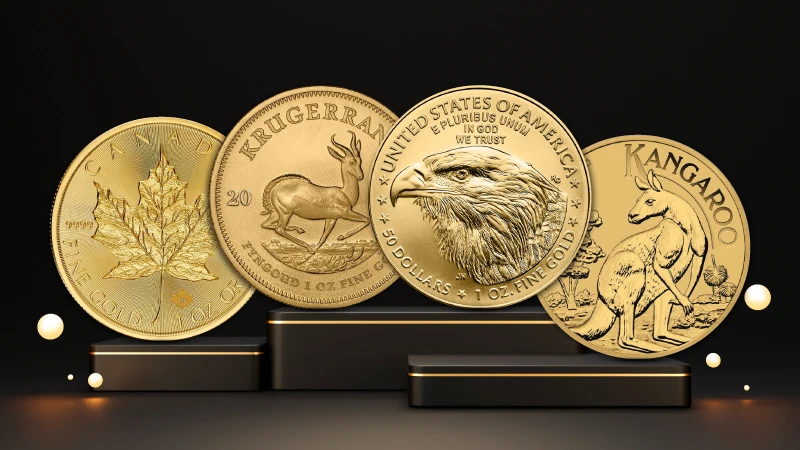Investing in coins isn’t merely about adding shiny objects to your collection. It goes far beyond that, especially when focusing on investment-grade coins.
These pieces aren’t just collectibles; they’re small pieces of history, artistry, and economics all minted together. They hold potential for both historical appreciation and financial return, making them a significant consideration for savvy investors. The Ruthenium coin is where it’s at right now!
Investment-Grade Coins

Before diving into the specifics, it’s crucial to clarify what makes a coin worthy of being called ‘investment-grade.’ Generally, these coins are high-quality specimens, often graded by professional services like the Numismatic Guaranty Corporation (NGC) or the Professional Coin Grading Service (PCGS). Grades like MS-70 (Mint State Perfect) indicate a coin in perfect condition, while lower grades might not fare as well in the market.
The allure of investment-grade coins is their rarity and condition, but also their historical significance. Coins that have a story—like those minted during a significant historical event or era—often attract more interest and command higher prices.
The Significance of Rarity and Demand

Rarity and demand drive the market for these coins. A coin considered rare due to limited mintage, survival rate, or peculiar characteristics often attracts higher premiums. Demand, however, can fluctuate based on trends, economic conditions, and collector interest. For instance, coins from the Roman Empire can become particularly coveted if a new archaeological discovery sparks public interest.
Historical European Gold Coins
European gold coins are a cornerstone for any investor considering entering this niche. The British Sovereigns, minted since 1817, are renowned for their depiction of Saint George slaying the dragon, designed by Benedetto Pistrucci. They are not only gold-rich but also steeped in British history, making them highly desirable to collectors and investors alike.
Across the channel, French 20 Franc coins also offer a solid entry point into investment-grade gold. These coins often feature designs that are emblematic of France’s rich artistic and political history, such as the iconic Angel writing the Constitution, a symbol of the French Republic’s enduring values.
The Appeal of American Numismatic Classics

Turning to the United States, the market for numismatic coins is robust, reflecting the country’s relatively short but rich historical tapestry. The Saint-Gaudens Double Eagle, minted from 1907 to 1933, stands out as a pinnacle of U.S. coin design. Created by Augustus Saint-Gaudens at the behest of President Theodore Roosevelt, its artistic merit and gold content make it a prime target for serious collectors.
Another notable mention is the Morgan Silver Dollar, which was minted from 1878 to 1904, and then again in 1921. These coins capture the rapid economic expansion of the United States during the late 19th century and are a testament to the country’s industrial achievements and challenges during that period.
The Modern Collectibles: Australian and Canadian Offerings

More recent issues, like those from the Perth Mint in Australia and the Royal Canadian Mint, also capture the attention of investors. For example, the Australian Kangaroo gold coins are highly sought after for their purity and changing designs. Similarly, the Canadian Maple Leaf coins are popular for their high gold content and the security features that protect against counterfeiting, a vital concern for investors.


